Syn.: Lophion aduncum (Sm.) Nieuwl. et Lunell, Viola bellidifolia Greene, Viola canina var. adunca (Sm.) A. Gray, Viola clarkiae A. Nelson, Viola cordulata Greene, Viola demissa Greene, Viola desertorum Greene, Viola longipes Nutt., Viola mamillata Greene, Viola montanensis Rydb., Viola odontophora Rydb, Viola oxyceras (S. Watson) Greene, Viola oxysepala Greene, Viola retroscabra Greene, Viola silvatica var. adunca Kurtz, Viola tidestromii Greene
Family: Violaceae Batsch
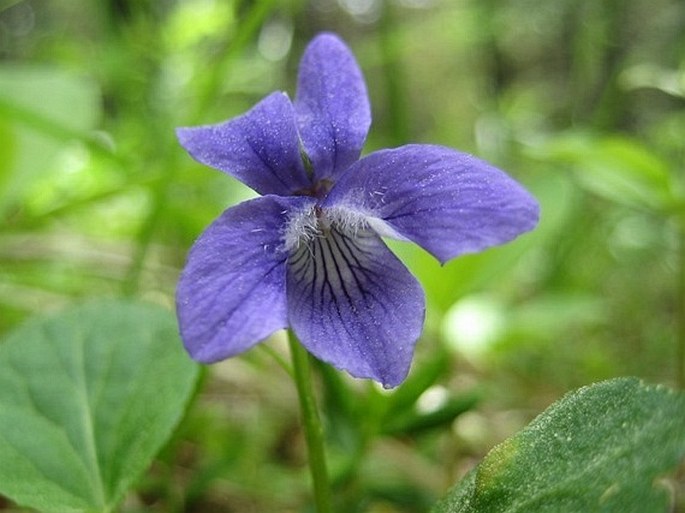
Distribution: North American species found mostly in the north and west of the continent. From Alaska, across Canadian territories and provinces and US states just south of 48th parallel and from Dakotas to New Mexico and to west to California. Several varieties are on record but two main ones are clearly separated from the nominate variety, V. a. var. kirkii is found in California and V. a. var. oxyceras is found in California, Nevada and Oregon.
Ecology: Grows mainly in grasslands and open woods. Blooms from early May to June.
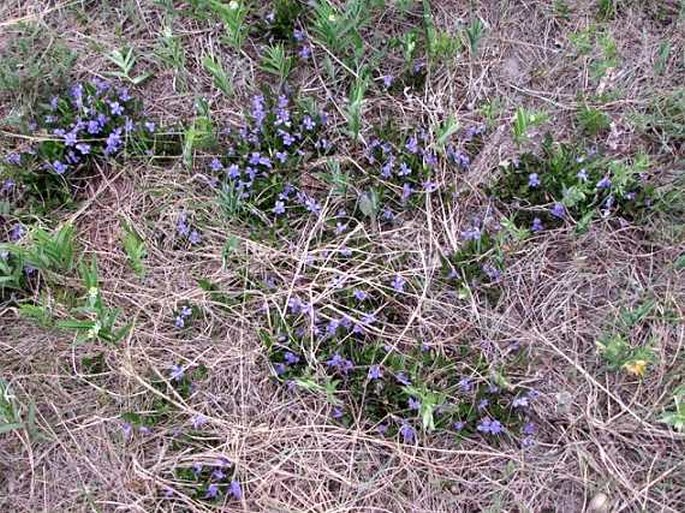
Description: Perennial herb, leaf bearing stems 4–10 cm long, tufted, from slender rhizomes. Leaves alternate, oval to round, 1–3 cm long, 1–2 cm wide, wavy-toothed margins; stipules lanceolate, slender-toothed, coloured or spotted reddish brown. Flowers solitary, from leaf axils, blue to violet, white throat, marked with dark lines, 3 spreading lower petals, 2 side ones white bearded; slender spur at the back, straight or hooked. Fruit is a 4–5 mm long capsule, splitting explosively to shoot out the seeds.
Threat and protection: It is endangered in Massachusetts.
Note: Like most violets this species produces 2 kinds of flowers. The violet ones in the spring we adore, which facilitate sexual reproduction by means of insect fertilization and another crop later in the season, growing in the lower portions of the plant, which are small, do not open and are self-fertile, making sure that the plant produces seeds even when the spring pollination is not successful.
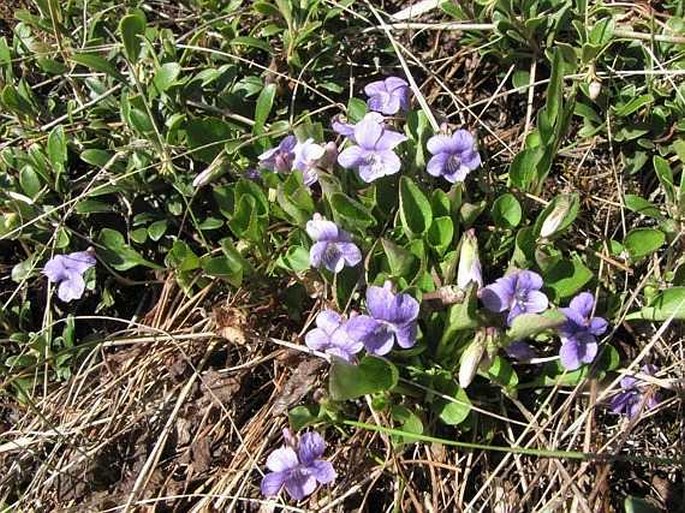
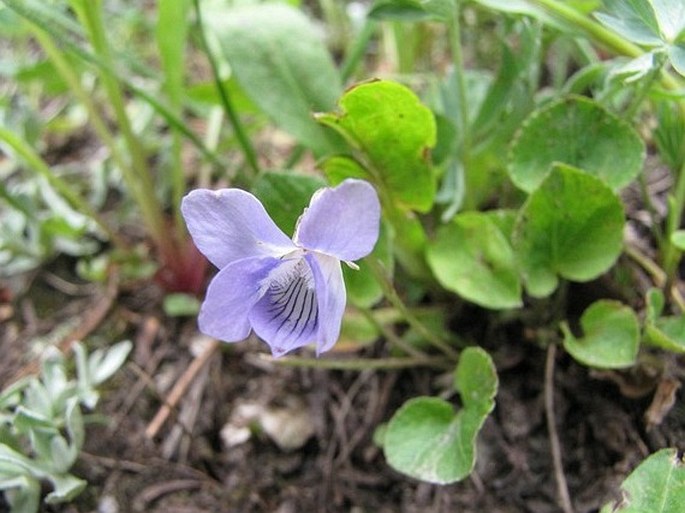
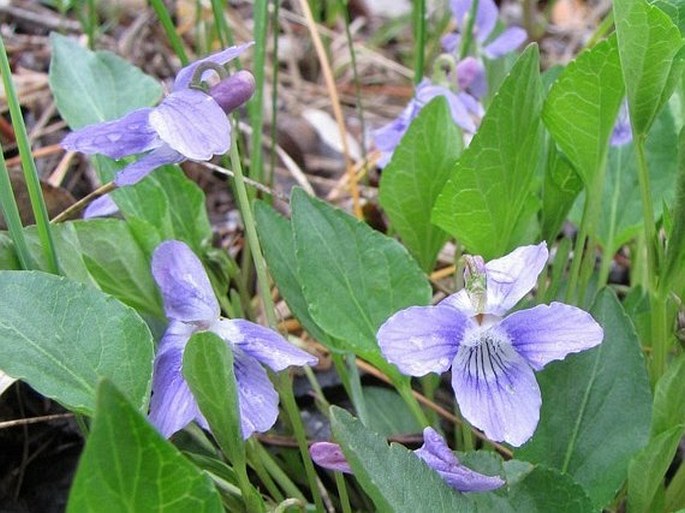
These images were taken in Canada, Alberta, Calgary, Edworthy Park (May 2013).


